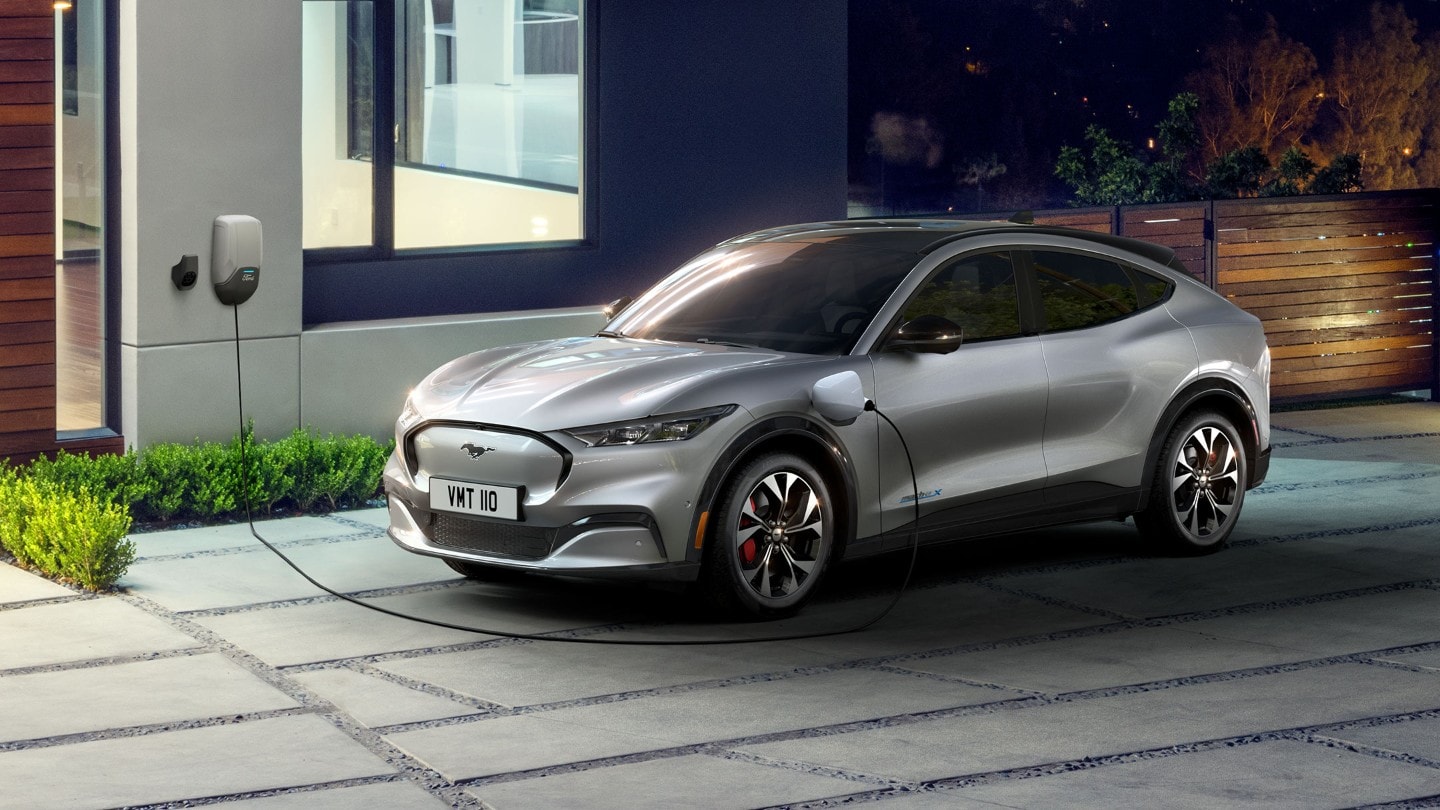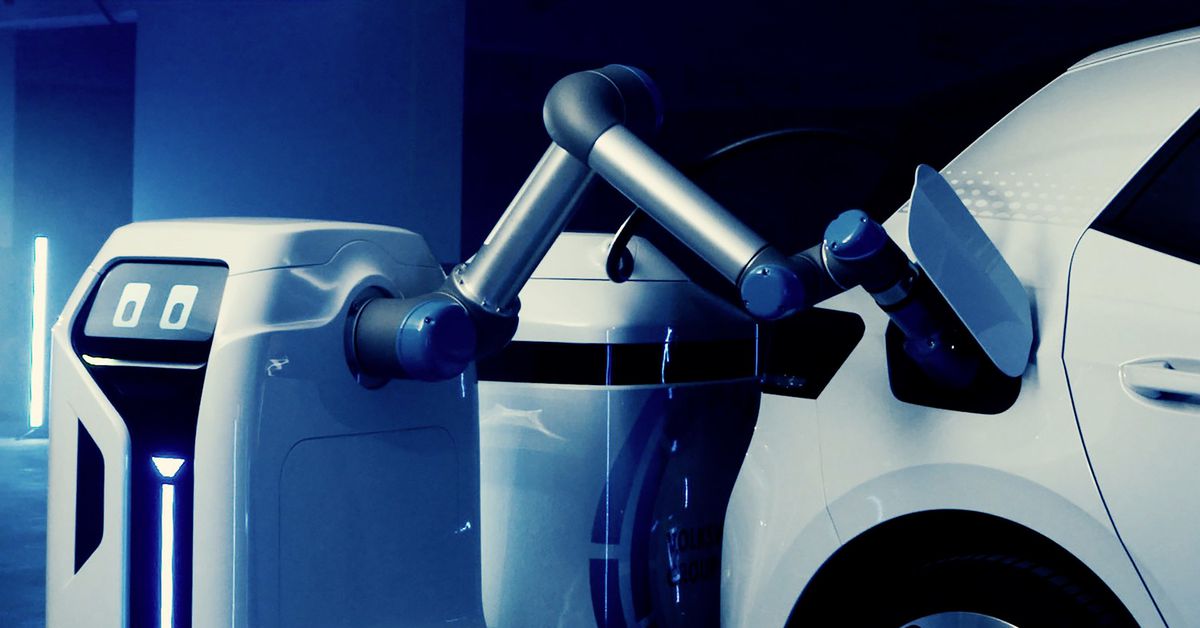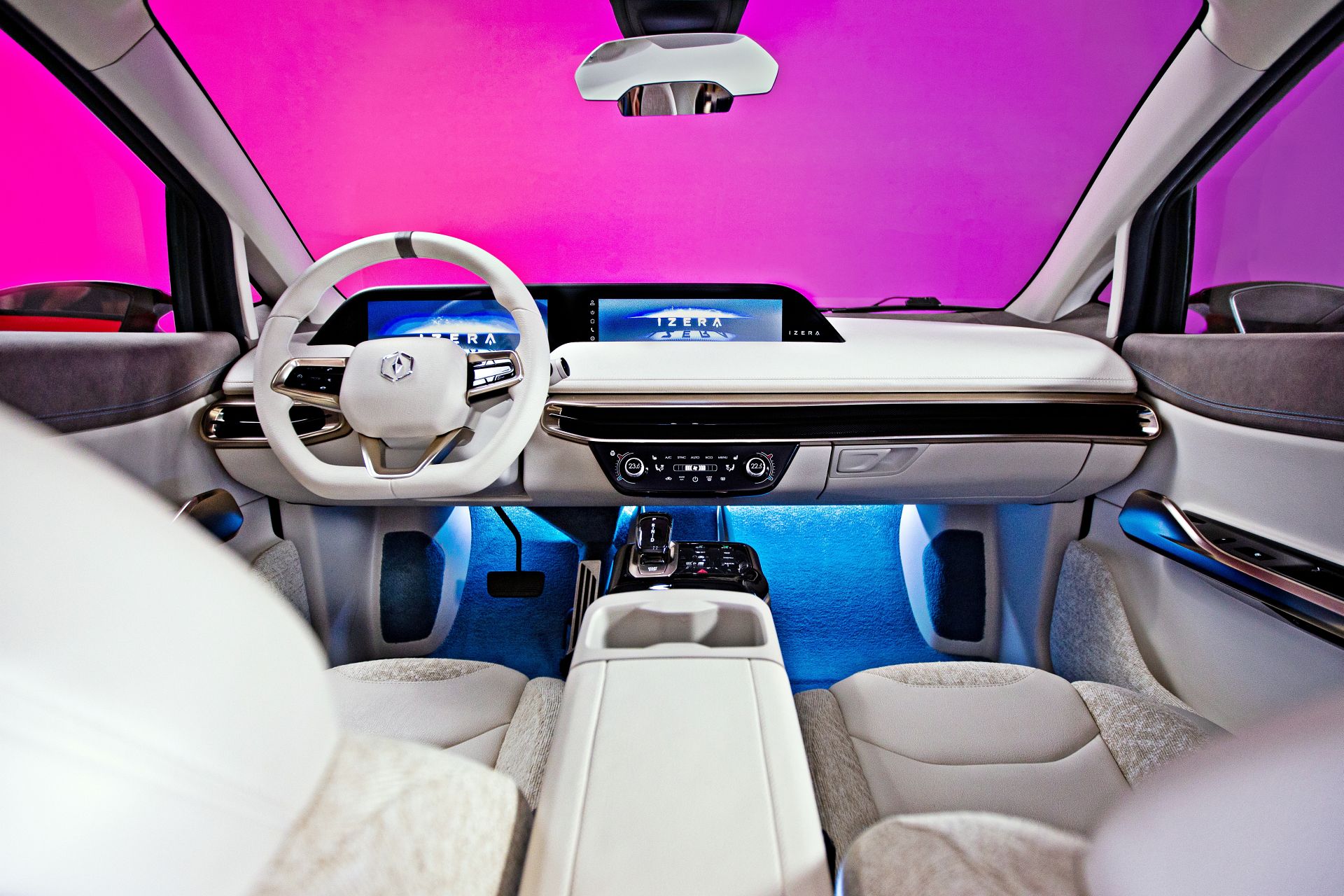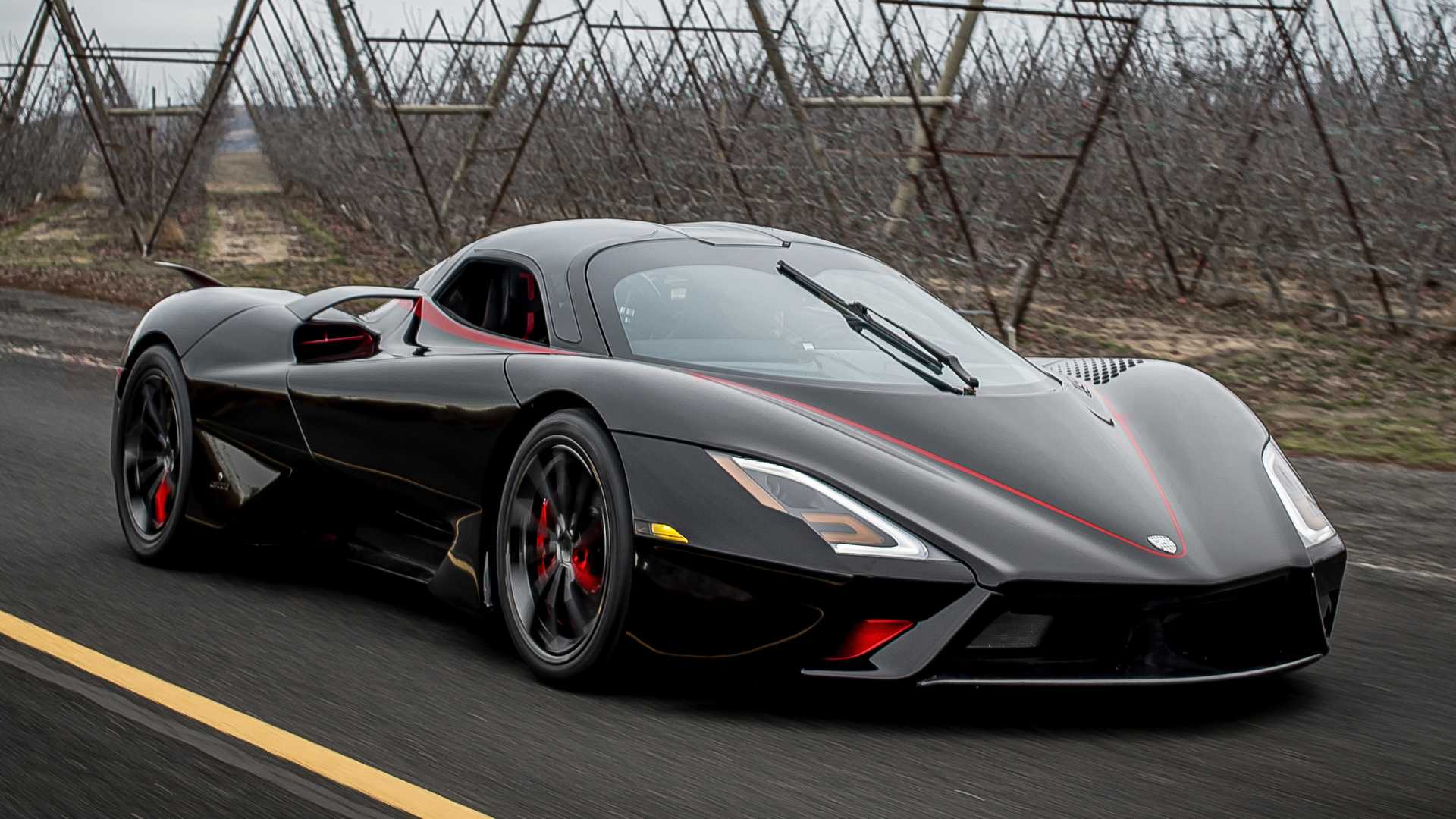
AI can do a lot of good for those involved in music – and many operations that take humans hours to complete, AI can execute in a matter of seconds, without engaging us in the entire event. One of the most recent solutions that has interested me is LALAL.AI, which allows us to completely isolate background music from vocals.
LALAL.AI is an AI-based music source separation solution built using artificial intelligence and machine learning. As an outcome, you can obtain smooth vocal and instrumental files in the audio format of your choice.
To train, LALAL.AI utilizes a neural network and feeds it with thousands of studio-quality songs over the period of several months. To achieve high accuracy, its engineers used 20TB of training data. Its advanced artificial intelligence is also becoming wiser everyday, executing more procedures to produce more exact outcomes. Furthermore, its machine learning algorithms can recognize songs quickly and reliably isolate background tracks and voices from audio files like films, videos, songs, or podcasts.
Although LALAL.AI may seem complicated when you look into the details of the technology, its utility is the total opposite. Anyone with minimal computer knowledge can use this program. It offers an easy-to-use interface and straightforward techniques for removing vocals or instrument sounds from any record.
Simply upload the audio file of your choosing, wait a few moments, and you’ll have the raw background music or vocals themselves. Instrumentals are ideal for performers who want to cover a song or simply can round out a playlist of pure beats.
LALAL.AI supports a variety of file formats such as MP3, OGG, FLAC, WAV, AVI, MKV, MP4, AAC and AIFF. The best part is that it supports both audio and video files. You can also download your track in the fast processing queue. Another important thing is that LALAL.AI extracts audio tracks in the same file format and quality as the input file. This is important because many other video or audio editor codecs do not recognise different file types, causing problems.
There is no problem, though, with modifying such a track. You don’t have to bother duplicating the entire thing in a program or searching for it on the internet. LALAL. AI allows you to delete specific components from the background music, such as percussion, bass, piano sounds, electric or acoustic guitars, with a single click, while also allowing you to add your own accents.
The same AI technique can ‘clean up’ an audio file, and it works well enough to transform a music recorded with a smartphone pre-release at a concert into a nearly finished track suitable for streaming platforms. The whole thing is quite impressive, and it is reasonable to say that LALAL.AI is the audio industry’s counterpart of DALL-E.
References:
https://thegroovecartel.com/featured/lalal-ai-extract-vocals-instruments-audio/











